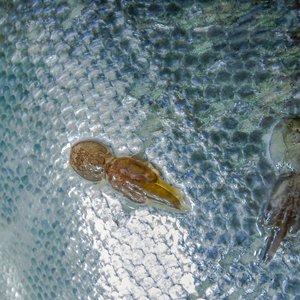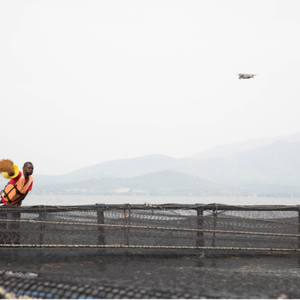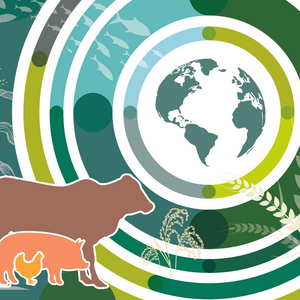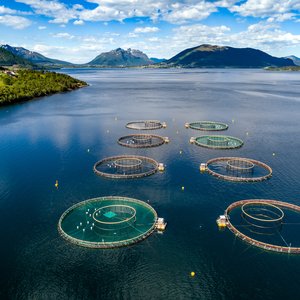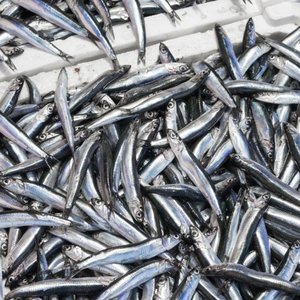NOAA predicts a 58% chance of El Niño during the Northern Hemisphere winter, which is likely to last into the Northern Hemisphere spring 2015.
Most models continue to predict El Niño to develop during October-December 2014 and to continue into early 2015. However,there is less confidence that El Niño will fully materialize. If it does, forecasters now expect a weak event.
The Australian Bureau of Meteorology report issued November 5, 2014 concludes that overall, the El Niño–Southern Oscillation (ENSO) remains neutral. Sea surface temperatures in the tropical Pacific Ocean have warmed over the past two months, and the Southern Oscillation Index has remained negative, but indicators generally remain in the neutral range. The existence of warmer-than-average water in the tropical Pacific sub-surface supports a continuation of the current near-El Niño conditions.
International climate models surveyed by the Australian Bureau of Meteorology suggest that warmer-than-average tropical Pacific sea surface temperatures are likely to persist. Three of eight models reach El Niño thresholds in January 2015, and two remain just shy of thresholds.






